Vegetables
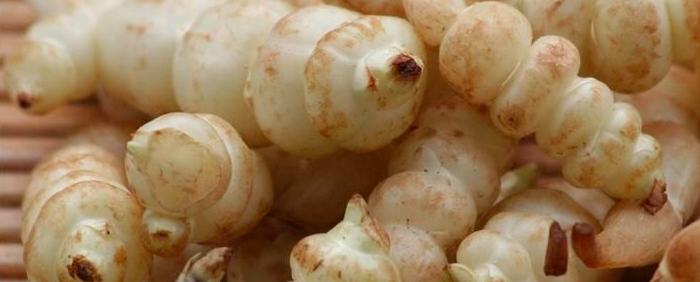
All about “Crosne”
April 1, 2020The term ” crosne ” appeared in the language in 1882. It derives from Crosnes, name of the city where it was first cultivated in France. The term ” epiary ” refers to the herringbone shape of the flower stem. Not an artichoke! Although it is sometimes called ” Chinese artichoke “, crosne has no relation to artichoke, except that some […]
Read More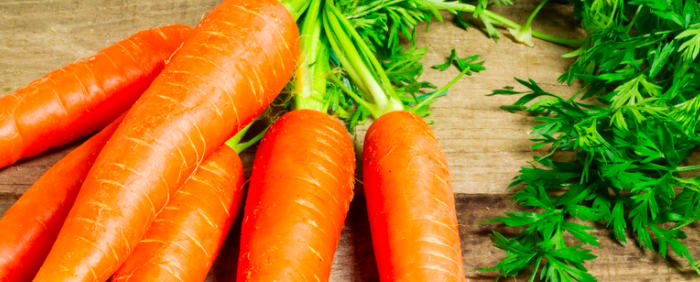
All about “Carrot”
April 1, 2020Nutritional value of carrot Raw carrot 18 cm to 22 cm / 72 g Drained boiled carrot, ½ cup (125 mL) / 80 g slices Canned carrot juice ½ cup (125 ml) / 125 g Calories 30 29 49 Protein 0.7 g 0.6g 1.2g Carbohydrates 6.9 g 6.8g 11.6g Fat 0.2g 0.2g 0.2g Dietary fiber […]
Read More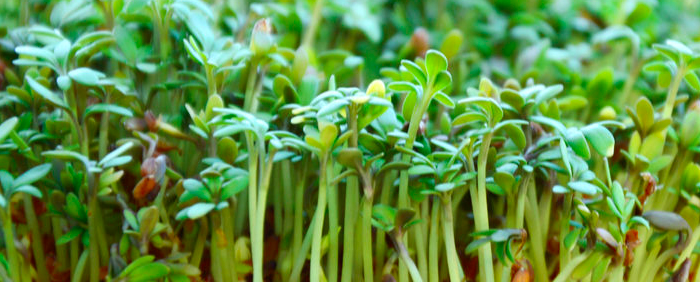
All about “Watercress / Cress”
April 1, 2020The watercress is part of the family of cruciferous . There are different edible varieties of watercress. We will talk here about the watercress and the watercress . The former has a rather peppery taste and a slightly stronger flavor than the latter. The antioxidants of watercress prevent the appearance of certain cancers and have beneficial effects on eye health. The benefits of watercress Cancer . Certain compounds abundant in watercress , isothiocyanates, are believed to help limit […]
Read More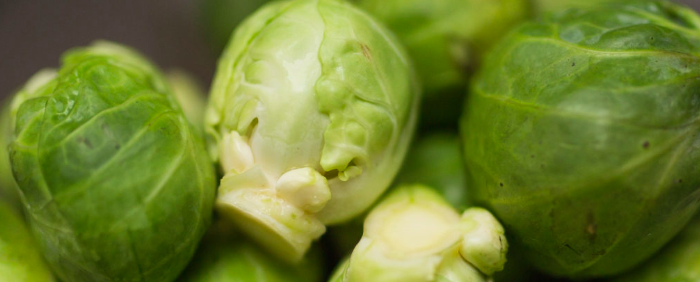
All about “Brussels sprouts”
April 1, 2020Brussels sprouts are a vegetable that has long been rejected because of their slightly bitter flavor. It is also often part of the bad memories of meals in the canteen in children. However, Brussels sprouts are simple to cook and rich in vitamins and minerals which provide many health benefits. Characteristics of Brussels sprouts: Rich in vitamin […]
Read More
All about “Kohlrabi”
March 31, 2020Kohlrabi is a vegetable that is eaten most often in winter and goes very well with potatoes and carrots in soups and stews. Cooked, it has a very pleasant nutty taste. It also has a wealth of fiber, vitamins and minerals, making it interesting for health. Characteristics of kohlrabi: Rich in fiber; Source of vitamin C; Source […]
Read More
All about “Cauliflower”, a low-calorie vegetable rich in vitamins
March 31, 2020Cauliflower is a vegetable from the cruciferous family. It is found on market stalls in the fall and winter. It can be eaten both raw and cooked and the colorful varieties brighten up the preparations. Low in calories, it is ideal for weight loss and contains various health benefits. Features of cauliflower: Rich in vitamin C; Fight against […]
Read More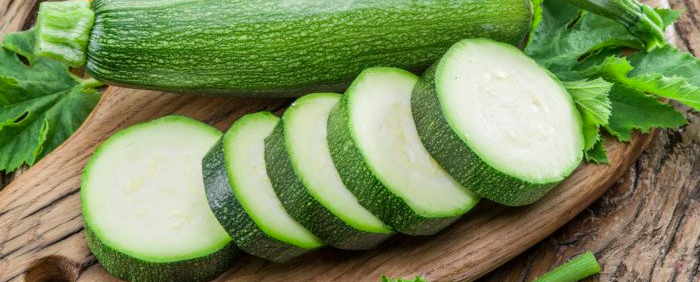
All about “Zucchini”, summer squash
March 31, 2020Zucchini is a summer squash and is one of the diuretic vegetables. It can be eaten raw to dip in a sauce, in a salad, or cooked, sautéed, fried, in soup… Zucchini characteristics: Low in calories; Rich in fiber; Rich in group B vitamins; Stimulates intestinal transit; Play on satiety. What is zucchini? Zucchini identity card […]
Read More
All about “Kale”, this superfood
March 31, 2020The health benefits of kale Antioxidant With its high vitamin C content , kale is a very good antioxidant for the body. It will trap free radicals and promote the proper renewal of your cells. Anti-inflammatory It is also the considerable amount of vitamin C that will confer kale anti-inflammatory properties. Do not hesitate to consume it in winter to […]
Read More
All about “Squash”, a vegetable rich in fiber
March 31, 2020Native to America, squash has been cultivated for centuries by indigenous peoples. Depending on the variety, there are winter and summer squash, so you can taste this vegetable all year round. It is generally eaten in savory dishes but it also goes well with sweet. Characteristics of the squash: Low in calories; Source of vitamin A; Rich […]
Read More
All about “Chinese cabbage”
March 31, 2020Chinese cabbage is part of the cruciferous family, a botanical family that would help protect us from cancers, particularly those of the lung and digestive system. It has a very light spicy flavor that enhances vegetable dishes. It perfectly matches all oriental flavors. Characteristics of Chinese cabbage: Rich in fiber; Rich in antioxidants; Rich in calcium; […]
Read More
All about “Cabbage”
March 31, 2020Easy to grow because of its great ability to adapt to the cold, vegetable cabbage is one of the illustrious members of the cruciferous family. Very versatile, cabbage can be eaten as well grated in a salad as it is cooked in a stew, without forgetting the famous sauerkraut prepared from fermented cabbage. Characteristics of cabbage: […]
Read More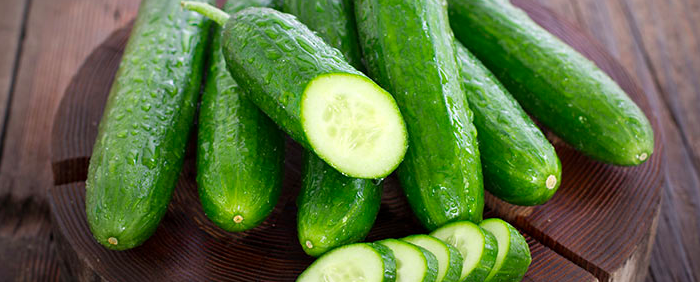
All about “Cucumber”
March 31, 2020The cucumber is an example of the refreshing vegetable. Besides, it is so often eaten raw that you almost forget that it can be eaten cooked, cooking it a bit like zucchini. Cucumber characteristics: Rich in water; Low in calories; Source of fiber; Ally for weight loss; Stimulates intestinal transit. What is cucumber? Food identity card […]
Read More
All about “Butternut”, low-calorie squash
March 29, 2020Butternut squash, also called “butternut” is the fruit of a vegetable plant of the Cucurbitaceae family which also includes melons and cucumber. Butternut squash is one of the winter squashes that are harvested at full maturity and eaten cooked. This squash has the distinction of having a subtle taste of hazelnut which is very appreciated. Characteristics : […]
Read More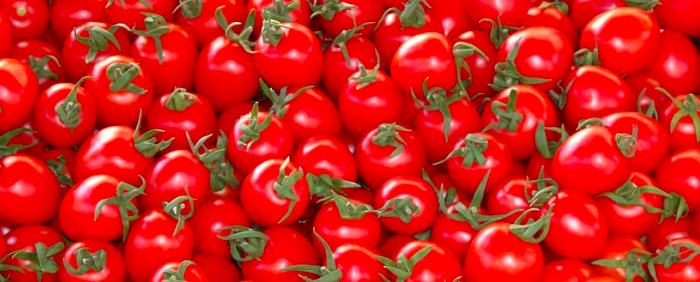
Tomato plant: structure and life
June 15, 2018Originally, the first tomato was the cherry tomato , popular today in cocktails. The many varieties that we know today must derive from this variety. From the Solanaceae family, such aspotatoes, the pepper , the eggplant and tobacco, this vegetable-fruit carries the name botany of Lycopersicum esculentum, or of Solanum lycopersicum . Tomato flower. © Myriams-Fotos, CCO Long roots and angular stems The root system of the tomato is of pivoting type, being very dense and […]
Read More
Why eat more root vegetables
April 23, 2018There are no healthier foods than beets, carrots, parsnips and turnips. Here’s how these vegetables can help you. 1. Roots can help reduce your risk of cancer According to a study published in the Journal of Agricultural and Food Chemistry, a compound found in raw carrots had the effect of reducing the risk of cancer in rats. For […]
Read More